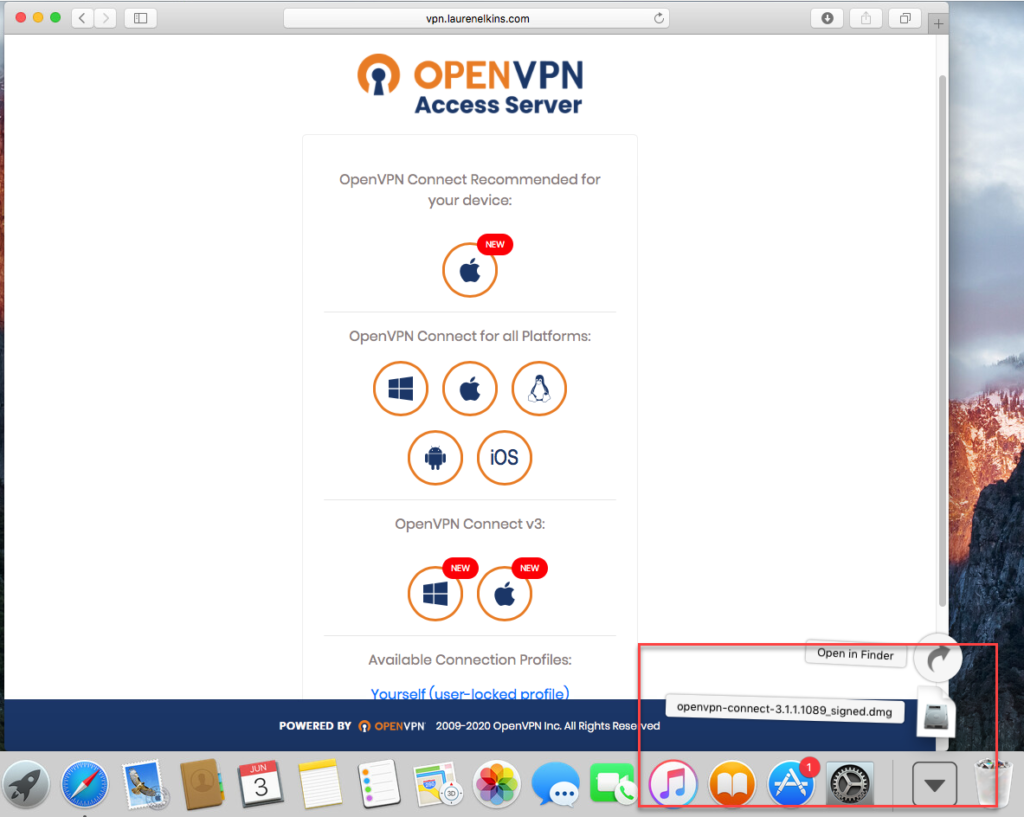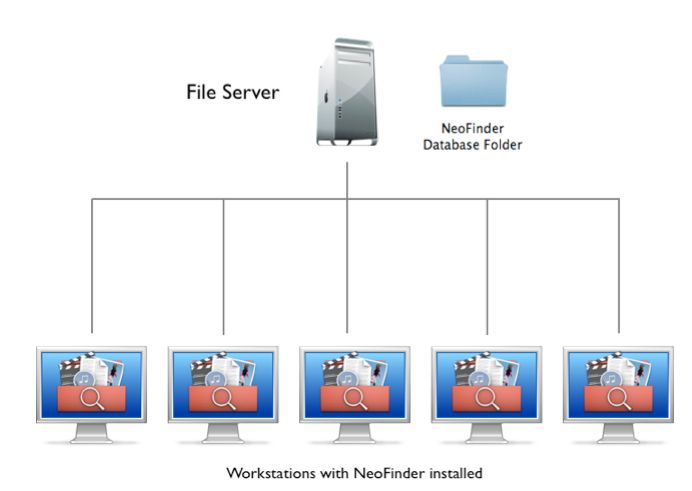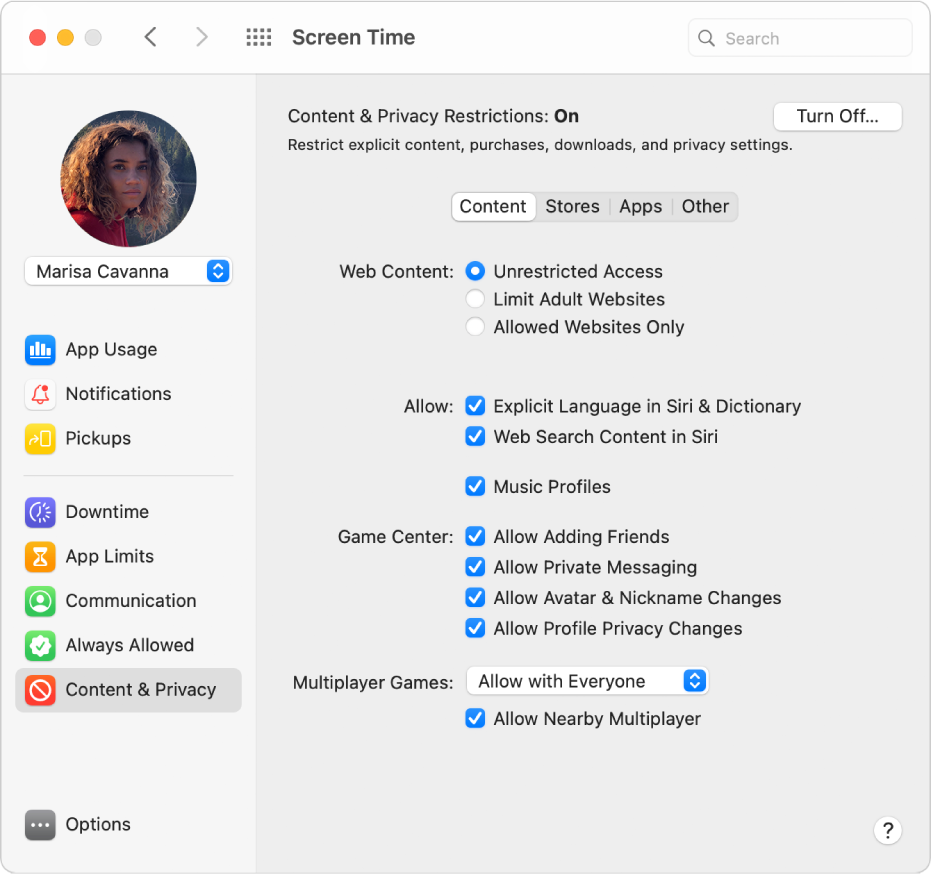

- #Setup private file server for mac how to
- #Setup private file server for mac mac os
- #Setup private file server for mac driver
- #Setup private file server for mac archive
- #Setup private file server for mac full
On Windows start application with the bin\start.bat batch file. increase Java memory parameters in JAVA_OPTS environment variable). Please review the bin/start.sh script and if necessary customize it (e.g.
#Setup private file server for mac mac os
On Mac OS X and Linux start the application with the bin/start.sh shell script.
#Setup private file server for mac driver
In addition, you should download the Oracle JDBC driver ojdbc8.jar and copy it to the eazybi_private/lib directory. In this configuration, all eazyBI data will be stored in one eazybi_private schema. GRANT CONNECT, RESOURCE TO eazybi_private The following are database server-specific instructions for eazyBI database setup.ĬREATE USER eazybi_private IDENTIFIED BY secret DEFAULT TABLESPACE users It is recommended that you create a separate database user for eazyBI needs (by default with a name eazybi_private) which will then create additional databases on a specified database server.īy default, eazyBI will use one database.
#Setup private file server for mac archive
#Setup private file server for mac full
System full file paths may exceed this limitation if the eazybi_private folder is located deeply in the folder hierarchy. eazyBI has a deeply nested folder structure. Do not change this entry.Ģ55. Windows, there is a maximum 260 characters length limit for the full file path. # localhost is used to configure the loopback interface
#Setup private file server for mac how to
If you ever make a mistake and you’re not sure how to fix it, you can always restore the default hosts file contents by using one of the methods above to enter the following default information: Our examples mentioned blocking and redirecting distracting sites in a work environment but you can also use these steps to manually block access to malicious websites and, of course, other uses as well. When you’re done making changes, press Control-X to exit the editor, Y to save, and Return to overwrite the existing hosts file.Īs we mentioned earlier, make sure to flush your DNS cache if you notice that your new mappings aren’t working properly. Because we launched Nano using sudo, any changes will be authenticated and saved directly to the original hosts file, without the need to copy it outside of its home directory.Ĥ. Just as we did with the TextEdit method above, we can add, edit, or remove hostname mappings at will. To navigate and edit the file in Nano, use the arrow keys on your keyboard.ģ. You’ll now see the hosts file open in the Nano editor or vim or another editor of your choice. As with all sudo commands, you’ll need to also enter your admin password to execute it: " sudo nano /private/etc/hosts“Ģ.

Note: You will need to enter your admin password to execute this command.



 0 kommentar(er)
0 kommentar(er)
